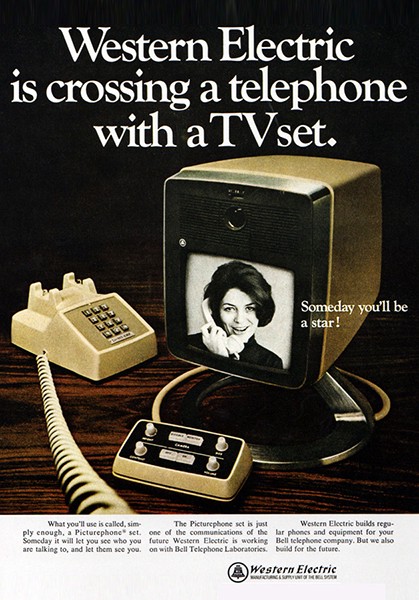
Everybody thinks they want freedom. But what they really want is order.
—Valin Hess, The Mandalorian
I often hear myself saying, “I’m living in the future!” I remember the Western Electric ads of the 1960s, which told us that we’d be talking to each other on video phones one day. And now we are. I’ve just been injected with mRNA to ward off the coronavirus. I’m living in my future, and I’m astonished.

I always assumed we lived in an age of reason and one of scientific and creative curiosity. But I’m not as confident about that as I used to be. Four years of the Trump Administration have taught me that under specific pressures, we of the 21st century often act more as our Middle Age counterparts did during their pandemics. Often there was a halt to discovery and reason.
According to historian Ken Mondschein, the word quarantine comes from a 15th-century Venetian law that required ships arriving from plague-infected cities to wait offshore for forty days (quaranta giorni) before they could dock. But unlike the Middle Ages, where quarantines were often communal, ours have been more individual (we haven’t quarantined a city, a ZIP code, or even states). Many Americans’ firm beliefs in their individual rights have caused acts of defiance to lockdowns and restrictions. There’s nothing communal about refusing to don a mask for the greater good.
American individualism and Donald Trump’s inability to forge a coordinated response to the pandemic, and his skepticism of science, have led to a mistrust of authority and facts. These suspicions certainly predate COVID-19. Anti-vaxxers have often thought vaccines cause autism despite the evidence to the contrary. In addition, racial insensitivities have strained the social trust in scientific inquiry and discoveries. The Tuskegee Experiment, where doctors, promising free health care (which never came), studied the long-term effects of untreated syphilis on 400 unsuspecting African American men.
The Washington Post’s Marc Fisher recently wrote, “Since ancient times, pandemics have spurred sharp turns in political beliefs, spawning extremist movements, waves of mistrust and wholesale rejection of authorities. Nearly three years into the coronavirus crisis, Americans fall prey to the same phenomenon…. In a recent NPR-Ipsos poll, nearly 1 in 5 said they believe Satan-worshipping, child-enslaving elites seek to control the world.” When 54% of Americans read below a 6th-grade level, how can we expect people to think critically about complicated issues?
Then Came January 6th
The Capitol insurrection was the climactic act of this mistrust. And we are slowly learning more about the instigators and players in this affair. Most odious has been the Republican Party’s support for Trump’s lies about the election and his role in whipping up his followers. Many refused to accept the Electoral College results. And despite overwhelming evidence, 43 GOP senators and 197 GOP House members voted against Trump’s second impeachment and conviction.
As an artist, I wanted to convey that sedition visually. Using Philadelphia Inquirer photographer Jessica Griffin’s image of the mob that day outside the Capitol, I replaced rioters’ faces with many of these Republicans. Tacit support became direct involvement. As I worked on this remixed image, it reminded me of past artists’ works, like those by Delacroix and Goya, who visualized the inhumane acts of war. But after I finished the image, its effect seemed too subtle, so much so that somebody could have easily mistaken it for purposeful disinformation without mentioning it was social commentary. So, I created a short video to emphasize the riot’s emotional nature and impact on the rest of us. Its time-based nature and editing allowed me to clearly assert these legislators were accomplices to the Capitol mob on January 6.
I call the piece El Populache. It comes from Goya’s word for the subject of many of his works — the rabble. As Christian Viveros-Fauné states in his Village Voice essay, “Our Time Begs for Goya,” “these fragile drawings nail the visuals of five-alarm civic horror — one familiar to pandemic dwellers today, glued as we are to our multiple screens instead of engaging in meaningful social contact…. It describes not the masses conjured up by Kumbaya Marxism but a welter of deeper, more visceral, and rabidly resentful urges.” This unbridled and pent-up energy is being released against the very institutions of our American zeitgeist, or, more precisely, what we have always believed to be our American Exceptionalism.
Donald Trump and the social pressures of the pandemic have unearthed our dirty little secret. We are far from exceptional. We are a racist society still embroiled in the Civil War, Reconstruction, and the Jim Crow era. Traditional and social media have magnified these discontented voices. We aren’t acting as one out of many, E Pluribus Unum. All of this has brought our tribal instincts to the surface.
In our isolation, it’s often hard to remember this horrifies many more of us than them.




